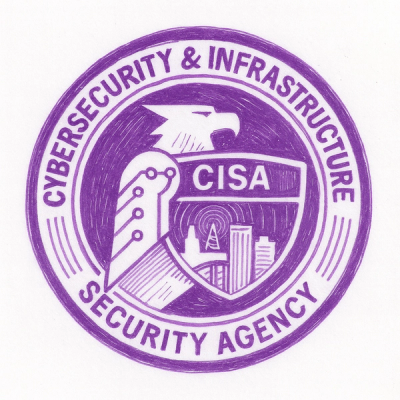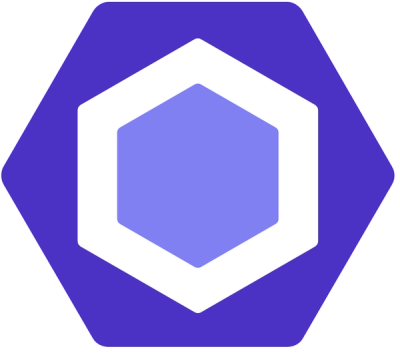
Security News
CISA’s 2025 SBOM Guidance Adds Hashes, Licenses, Tool Metadata, and Context
CISA’s 2025 draft SBOM guidance adds new fields like hashes, licenses, and tool metadata to make software inventories more actionable.
@hmcts/ccd-diff
Advanced tools
Tool to diff CCD changes.
npm start [pathToBaseCCDJson] [pathToBranchCCDJson]
# or with npx
npx -q @hmcts/ccd-diff [pathToBaseCCDJson] [pathToBranchCCDJson]
The only output format supported at the moment is markdown:
| CRUD | CaseFieldID | UserRole |
|---|---|---|
|
|
|
|
|
|
|
|
|
|
applicant2Address |
[APPLICANTTWO] |
|
applicant2AgreedToReceiveEmails |
[APPLICANTTWO] |
| CRUD | CaseFieldID | UserRole |
|---|---|---|
|
|
|
You can add a report to a PR with CCD changes by adding:
report:
runs-on: ubuntu-latest
needs: [buildBranch, buildMaster]
steps:
- uses: actions/setup-node@v3
with:
node-version: 16
- uses: actions/download-artifact@v4.1.7
with:
name: branch
path: build/branch
- uses: actions/download-artifact@v4.1.7
with:
name: master
path: build/master
- name: Generate report
id: ccd-diff
run: |
REPORT="$(npx -q @hmcts/ccd-diff build/master build/branch)"
REPORT="${REPORT//'%'/'%25'}"
REPORT="${REPORT//$'\n'/'%0A'}"
REPORT="${REPORT//$'\r'/'%0D'}"
echo $REPORT
echo "::set-output name=content::$REPORT"
- name: Display
run: |
echo "${{ steps.ccd-diff.outputs.content }}"
- name: Add report
uses: thollander/actions-comment-pull-request@v1
with:
message: |
# CCD diff report ${{ steps.ccd-diff.outputs.content }}
comment_includes: CCD diff report
GITHUB_TOKEN: ${{ secrets.GITHUB_TOKEN }}
You will need to add two steps to upload the CCD JSON definition artifacts to compare. For a CCD config generator based config this would look like:
setup:
runs-on: ubuntu-latest
steps:
- uses: actions/setup-java@v3
with:
distribution: corretto
java-version: 17
buildBranch:
runs-on: ubuntu-latest
needs: [setup]
steps:
- uses: actions/checkout@v3
with:
path: build/branch
- name: Build
run: ./gradlew generateCCDConfig
working-directory: build/branch
- uses: actions/upload-artifact@v4.6.0
with:
name: branch
path: build/branch/build/definitions/NFD
buildMaster:
runs-on: ubuntu-latest
needs: [setup]
steps:
- uses: actions/checkout@v3
with:
ref: master
path: build/master
- name: Build
run: ./gradlew generateCCDConfig
working-directory: build/master
- uses: actions/upload-artifact@v4.6.0
with:
name: master
path: build/master/build/definitions/NFD
For a plain JSON repository this would look like:
buildBranch:
runs-on: ubuntu-latest
steps:
- uses: actions/checkout@v3
with:
path: build/branch
- uses: actions/upload-artifact@v4.6.0
with:
name: branch
path: build/branch/definitions/divorce/json
buildMaster:
runs-on: ubuntu-latest
steps:
- uses: actions/checkout@v3
with:
ref: master
path: build/master
- uses: actions/upload-artifact@v4.6.0
with:
name: master
path: build/master/definitions/divorce/json
FAQs
Diff CCD files
The npm package @hmcts/ccd-diff receives a total of 77 weekly downloads. As such, @hmcts/ccd-diff popularity was classified as not popular.
We found that @hmcts/ccd-diff demonstrated a healthy version release cadence and project activity because the last version was released less than a year ago. It has 5 open source maintainers collaborating on the project.
Did you know?

Socket for GitHub automatically highlights issues in each pull request and monitors the health of all your open source dependencies. Discover the contents of your packages and block harmful activity before you install or update your dependencies.

Security News
CISA’s 2025 draft SBOM guidance adds new fields like hashes, licenses, and tool metadata to make software inventories more actionable.

Security News
A clarification on our recent research investigating 60 malicious Ruby gems.

Security News
ESLint now supports parallel linting with a new --concurrency flag, delivering major speed gains and closing a 10-year-old feature request.